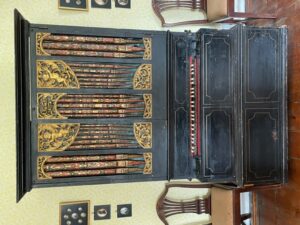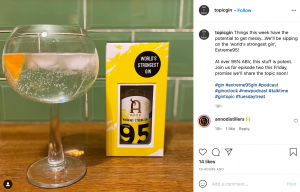I am delighted to announce that I have agreed a contract with Routledge for a title in the Ashgate Historic Keyboard series. The Consort Organ and its Role in Seventeenth-Century Ensemble Music is due to be published in early 2025 as a hardback and e-book, and in 2026 as a paperback.
The book is the first in-depth study of the seventeenth-century English consort organ. From the refined confines of the royal court to the lively entertainments of the post-Restoration music-houses, in aristocratic households, universities, and royal Catholic chapels, the consort organ found itself employed in a colourful range of instrumental and vocal repertoire involving the leading composers and musicians of its day. Drawing on an extensive corpus of primary sources, the book traces the story of the English secular organ during the Jacobean and Stuart periods, contrasting its role with that of the contemporary church organ and placing its usage in the context of wider European trends in chamber and devotional music. Alongside chapters focussing on the instrument’s organology and varied playing contexts, a wide range of manuscript sources is used to illustrate in detail performance practices relating to the organ’s use in the string consort and devotional vocal repertoires. In the absence of an English treatise on organ playing from the seventeenth century, the book provides valuable insights into the approaches taken by secular organists of the time in interpreting musical texts at the keyboard and seeks to widen awareness of a neglected instrument in ways that are applicable both to practising musicians and to those interested in the repertoire.
Peer review comments on The Consort Organ:
‘Exemplary. The author’s organological and historical knowledge is exceptional’
‘A skilful combination of organological research with historical and repertorial/performance practice comment’
‘A significant contribution to the subject and will be valued by scholars of the early modern period… and early music performers’
‘A vast amount of historical and musical source material is marshalled into a coherent argument’
‘Well researched, minutely documented and clearly explained’
‘Of interest not only to organists and organologists, but a wide range of performers as well as those whose interest is the place of music in the social history of the period’

